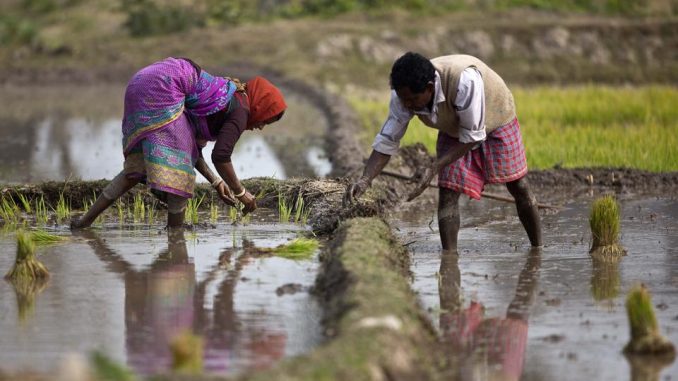
By Seema Paul and Priya Shyamsundar
While the government’s new scheme can reduce air pollution and promote agriculture sustainability, the subsidy alone will not be enough to enable its adoption. Civil society actors, socially oriented corporates and governments will need to address behavioural barriers and information gaps that farmers face
In the Union Budget earlier this month, the central government announced a special scheme, subsidising machinery that will improve farmers’ productivity and help end crop burning practices. This is a significant step towards tackling Delhi’s air pollution. During the winter, stubble residue burning in Punjab, Haryana and Western UP contributes about a quarter of Delhi’s air pollution. Air pollution is now ranked among the top five leading health risks factors in India, contributing to premature mortality and ill health. It needs an urgent, bold and comprehensive response. While all Indian metros have very poor quality air, Delhi is by far the worst.
The answer may lie in new technologies like the happy seeder one. Attached to a tractor and coupled with a spreader (called the Super-Straw Management System), it involves making a hole in the soil, dropping the seed for the next crop, dispersing the crop residue and depositing it as mulch—all in one smooth operation. This improves soil fertility and reduces the amount of water, fertiliser and herbicide required in the field. The potential water benefits are particularly important because of the continued decline in groundwater in many parts of Punjab and Haryana. There is evidence that this technology both increases farm yields and reduces input costs.
While the new budgetary initiative to support this will both reduce air pollution and promote long-term agriculture sustainability, the subsidy alone will not be enough to enable its adoption. Civil society actors, socially-oriented corporates and governments will need to partner to address behavioural barriers and information gaps that farmers face, and work concertedly to address other barriers.
Entrepreneurs and agriculture service providers who rent out agricultural equipment and services to farmers also need to be engaged. While the Central government has offered a 50% subsidy to individual farmers, bringing the happy seeder cost down to approximately Rs. 60,000 – 80,000, it is still a bit too much for small farmers. An efficient option to encourage the use of such technology is through service providers who rent out various equipment to farmers. They can act as information hubs for farmers and be strong influencers. Therefore, building their knowledge about the importance of on-site residue management will be critical. One way to achieve this is by creating model business plans for service providers, coupled with training and financing packages that lay out annual and upfront costs, return on investment and marketing outlets.
Seema Paul is managing director of The Nature Conservancy’s India Programme. Priya Shyamsundar is lead economist at The Nature Conservancy
The views expressed are personal
Source: Hindustan Times

Leave a Reply